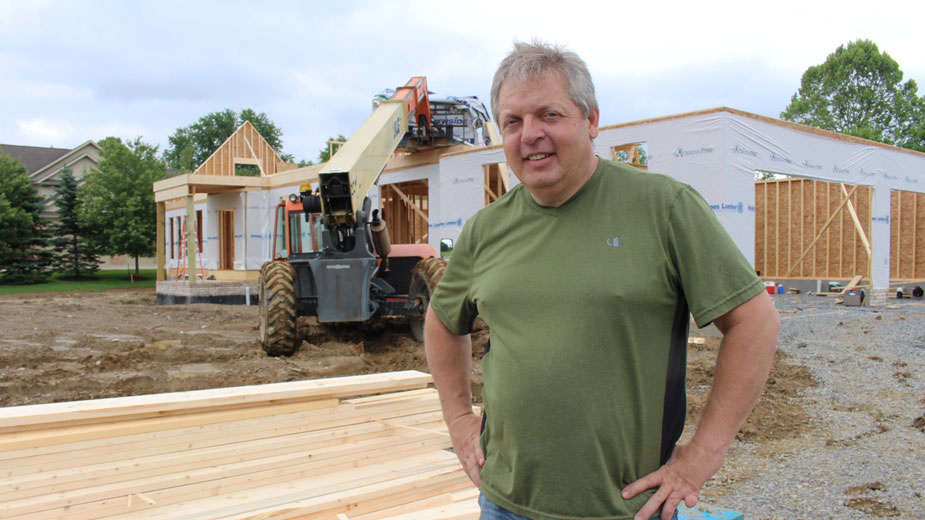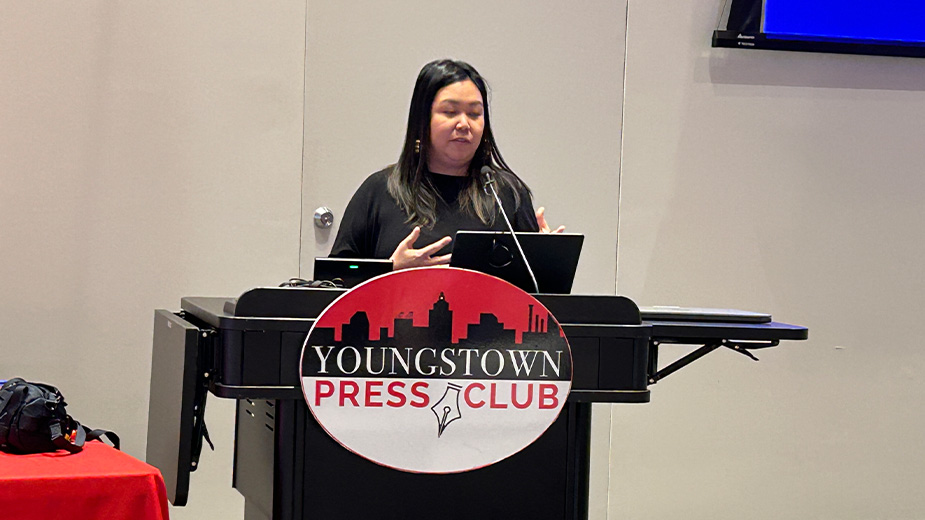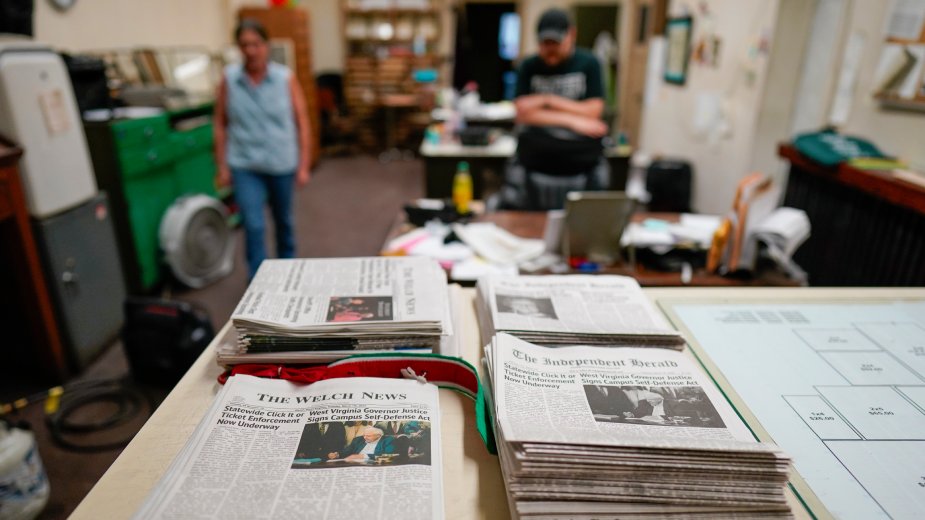Home Builders Nail Down Plenty of Work
YOUNGSTOWN, Ohio – For local homebuilders who survived the Great Recession, the years since have seen steady growth in the industry, with several builders reporting they have all the work they can handle.
“In 2008, we lost 22 competitors with the recession. Anybody that’s still around from then is buried in work,” says Sam Pitzulo, co-owner of Sam Pitzulo Homes & Remodeling, Canfield.
Pitzulo says he builds about 10 new houses a year. “I’m on the board of the Home Builders Association and I don’t know any builders that aren’t busy right now,” he says.
Since 2008, most area builders have focused on custom houses, which isn’t as risky as building spec houses, since a buyer is lined up.
And while people are building again, they’re building smaller.
“Overall, the size of the homes has decreased since the 1990s,” says Janet Pitzulo, co-owner of Sam Pitzulo Homes and Remodeling.
“I think the market’s going to remain steady,” forecasts Mark Ramunno Sr., owner of Custom Design Homes by Mark Ramunno. The Canfield company builds houses that average 3,200 square feet in size, primarily in Canfield, Columbiana and Poland.
“A lot of brick, a lot of stone, a lot of custom cabinets,” Ramunno says.
Other builders, including Anthony Panteleo, owner of A&C Home Builders in Youngstown, transitioned their businesses to more remodeling work.
“Busy as can be. My phone never stops ringing,” Panteleo says.
The Home Builders and Remodelers Association of the Mahoning Valley reports 162 new houses were built in Mahoning County in 2018, the most since the recession. In Trumbull County, 102 new houses were built, also the most since the recession.
Area numbers reflect a similar recovery across the country.
In 2018, 1.25 million houses were built in the United States, up from 1.003 million in 2014, reports the National Association of Home Builders, based on data from the U.S. Census Bureau.
Most new houses in the area are being built in Canfield, which saw 32 new houses in 2018. Beaver, Austintown, Springfield, Poland, Lake Milton and Boardman also saw significant numbers of new houses, while in Trumbull County, Cortland and McDonald are among the most popular locations.
One reason people are building in those communities is that they are among the few in the area with available lots, something that is becoming increasingly scarce in the area, says Jennie Brewer, executive officer with the Home Builders and Remodelers Association of the Mahoning Valley.
“We haven’t had any real new developments in the past few years,” she says. “There’s a lot of second- and third-phase versus original developments that are moving forward. So people are buying up those lots.”
And it’s not a problem that can be addressed quickly, Brewer says, because it takes at least two years to develop a new lot.
As a result, Ramunno says, lots that had been sitting vacant since the recession are starting to fill up.
“People are buying leftover lots in older subdivisions and we’re starting to see subdivisions getting filled.”
Brewer says one problem is the time it takes to develop new land because of increased federal regulations.
“We are certainly hoping with the political climate that we will see some of those regulations lifted from the federal level,” Brewer says. “Until that happens, we’re going to be a little held back.”
Another obstacle facing new developments is the cost. Because house values in the Mahoning Valley remain low, buyers often find the cost of a new lot and construction exceeds the appraisal value. It’s a situation Ramunno says is becoming more common.
“A lot of our contracts are for more than the appraisal value of the home, so some people are in the negative the day they build their house,” he says.
But it’s not just the cost of land. Since the Great Recession, material costs have increased faster than the value of houses in the area.
“The cost of new construction never comes down. It just keeps ratcheting up,” Panteleo says. “I just opened up a letter yesterday from one of my suppliers saying they are going to have a 5% increase.”
While 5% isn’t a big deal for those remodeling, it can add up quickly when building new, Panteleo says. “If you’re talking about $5,000 in vinyl siding, that 5% is quite a bit.” The result is diminishing returns for builders.
“I pay the same for lumber here as they do in California and they’ll get five times the cost of the house,” Ramunno notes.
Which is why some builders cater to those who are remodeling, particularly older homeowners looking to make their home more accessible as they age.
“That is pretty big in this area,” given the aging population, says Sam Pitzulo, who builds about three houses a year that are Certified Aging in Place.
“There’s no steps going into the house. Hallways are wider; doors are wider. It’s a house they never need to move out of,” he says.
While the aging population and low housing costs present challenges for area builders, Ramunno says there are also upsides, one being that most national builders have yet to move into the area, a situation he says would likely push out many builders of custom houses.
“They would come in and buy all the land and all we would ever do is remodel,” he says. “So it’s good and bad that we’re in a small pond.”
Pictured: Houses built by Custom Design Homes By Mark Ramunno average about 3,200 square feet, says Mark Ramunno Sr.
Copyright 2024 The Business Journal, Youngstown, Ohio.



